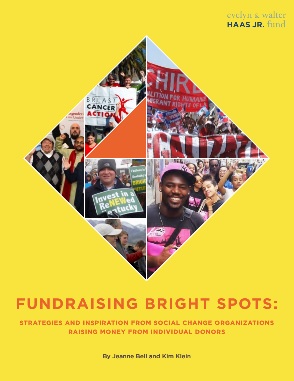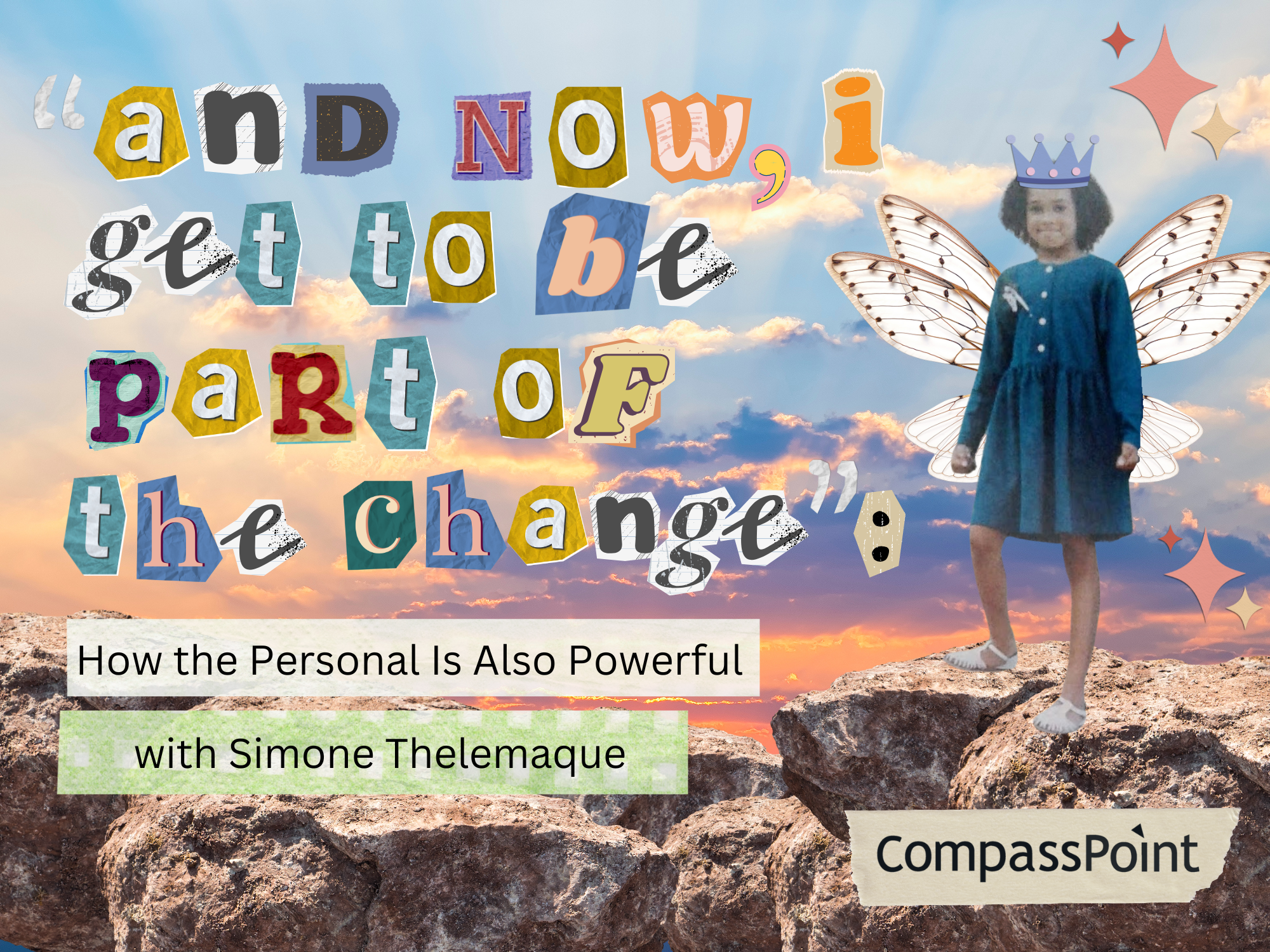What will it take to reset entrenched and ineffective development practices towards a fresher mindset and more effective approach? Our blog this week introduces Fundraising Bright Spots, CompassPoint's just-released report with Klein & Roth Consulting that delves into the experiences and approaches of 16 organizations of various size and type that have established successful and sustainable individual fundraising efforts. What can we learn from these organizations? Read on.
Prompted by the widespread fundraising challenges identified in UnderDeveloped: A National Study of Challenges Facing Nonprofit Fundraising (a joint project of CompassPoint and the Evelyn and Walter Haas, Jr. Fund), the Haas, Jr. Fund convened a Resetting Development work group focused on highlighting potential solutions to chronic fundraising challenges. Underdeveloped's findings resonated. Development staff felt validated. Executive directors were motivated to address these issues in their organizations. But how? What's next? Are there groups who are successfully raising money from individuals in a way that's personally sustainable for staff and financially sustainable for the organization?
At the heart of the Resetting Development project are these two questions:
- What can we learn about a "culture of philanthropy" as a way of breaking the vicious cycle of chronic fundraising problems?
- What can we learn from organizations that are beating the odds?
Our partner from Resetting Development work group, Cynthia Gibson, set out to explore that first question in the report Beyond Fundraising: What Does It Mean to Build a Culture of Philanthropy? Meanwhile, CompassPoint, Klein & Roth Consulting, and the Haas, Jr. Fund embarked on a new research venture to tackle the second question: What can we learn from organizations that are beating the odds? This time, rather than creating a broad survey to identify patterns as we did with Underdeveloped, we sought out "bright spots," groups with exceptional individual donor programs and increased giving year after year. We put out a national call for nominations, and reviewed over a hundred organizations. We chose 16 of these organizations to deeply dive into and profile. The new report Fundraising Bright Spots: Strategies and Inspiration from Social Change Organizations Raising Money from Individual Donors is the result of this research effort.

The research team interviewed a cross section of staff, board, volunteers, and donors from each of these 16 bright spots. The organizations varied by issue area, geographic location, strategies, and size. They experimented with different tools. Some tracked sophisticated analytics, while others infused fun, interactive games into their fundraising activities. Many have raised significant funds from low-income communities of color. Some have decades-long relationships with donors who may later bequeath their assets to the organization. During one of our interviews, a donor increased his monthly contribution level right on the call, prompted by a story we asked him to share.
Our exploration suggests that what's needed is a mindset shift; a deeper change in the way organizations approach development and that breaking the vicious cycle of chronic fundraising problems will take more than new tactics or tools.
Each story we heard had unique characters and plot twists. And yet, every organization had a similar underlying ethos. Every person we spoke to was emphatically passionate about their work and the people involved in it.
Each organization transcended the chronic development challenges so pervasive in our sector by embodying four mindsets:
- Fundraising is core to the organization's identity.
- Fundraising is distributed broadly across staff, board, and volunteers.
- Fundraising succeeds because of authentic relationships in every direction: with and among staff, board, volunteers and donors.
- Fundraising is characterized by persistence, discipline, and intentionality.
The organizations we interviewed live these four mindsets day in and day out. In Fundraising Bright Spots, we weave together these stories and lift up specific, replicable ideas that we hope inspire readers to shift their own organization's approach to individual donor fundraising.
Read the report here. We invite you to share your feedback and thoughts about the report in the comments section below.
Resources:
- Webinar (April 28): Fundraising Bright Spots: The Secrets of Successful Fundraising from Individuals
Report: UnderDeveloped: A National Study of Challenges Facing Nonprofit Fundraising - Report: Beyond Fundraising: What Does It Mean to Build a Culture of Philanthropy?
- Video: I'm Not Asking for Me
- Blog: "Culture is Changing: Fundraising Needs to Change With It"





Submit a comment
(1) Comments
Resource Planni... replied on Permalink
Nice article thanks for sharing it.